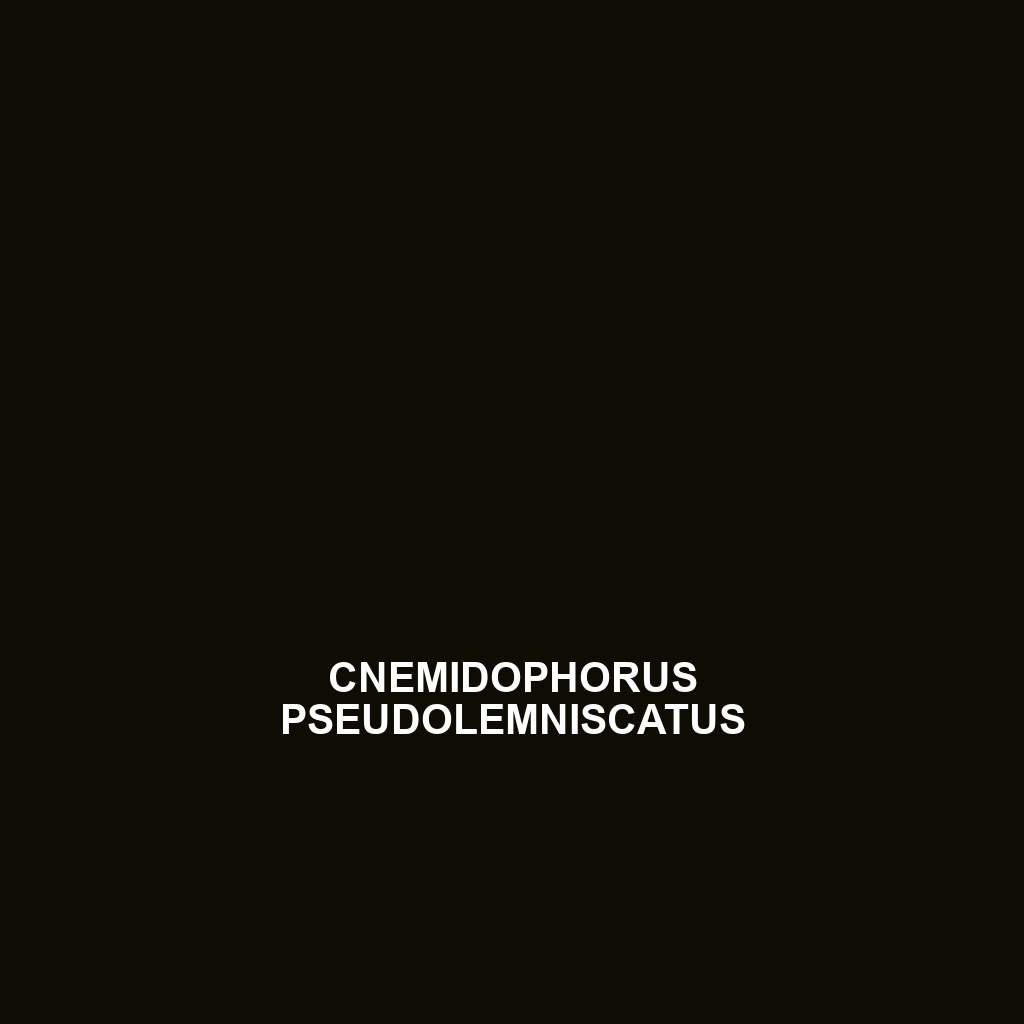<p><b>Sphaerodactylus thompsoni</b>, commonly known as Thompson's sphaero, is a small, nocturnal lizard native to the Caribbean, averaging 5 to 10 centimeters in length. Adapted to diverse habitats, this insectivorous species plays a crucial role in maintaining ecological balance while exhibiting fascinating behaviors and unique reproductive traits.</p>
Tag: parthenogenesis in reptiles
Lygodactylus salvi
Discover the vibrant Salvi's Gecko (Lygodactylus salvi), a small insectivorous reptile native to Madagascar's tropical rainforests. With its unique coloration and adhesive toe pads, this arboreal gecko is adept at navigating trees while playing a vital ecological role in controlling insect populations.
Lepidodactylus zweifeli
Discover the exquisite Lepidodactylus zweifeli, a vibrant gecko native to the Solomon Islands, known for its striking coloration, nocturnal behavior, and unique ability to reproduce via parthenogenesis. This resilient insectivore plays a crucial role in its ecosystem by controlling insect populations and serving as prey for larger animals.
Lepidodactylus planicauda
Discover the Pacific Flat-Toed Gecko (Lepidodactylus planicauda), a primarily nocturnal and arboreal species native to the lush tropical regions of Fiji and Vanuatu. Known for its unique flat toes and ability to regenerate lost tails, this insectivorous gecko thrives in warm, humid environments, playing a vital role in its ecosystem by controlling insect populations.
Lepidodactylus pantai
<b>Lepidodactylus pantai</b>, a vibrant gecko found in tropical rainforests and coastal habitats, is known for its impressive climbing abilities and a diet primarily consisting of insects. This species exhibits nocturnal behavior and plays a crucial role in its ecosystem by regulating insect populations.
Lepidodactylus oligoporus
<b>Lepidodactylus oligoporus</b> is a nocturnal gecko native to the tropical rainforests of Southeast Asia, characterized by its slender body, large expressive eyes, and adhesive pads for climbing. This insectivorous species plays a vital role in regulating insect populations and exhibits unique reproductive adaptations, including parthenogenesis.
Lepidodactylus manni
<p><b>Lepidodactylus manni</b>, known as Mann's Madagascar gecko, is a vibrant, nocturnal species native to the rainforests of Madagascar, thriving in humid environments and exhibiting a unique form of reproduction called parthenogenesis. As a vital predator, it contributes to the ecosystem by controlling insect populations and dispersing seeds while facing threats from habitat destruction and the pet trade.</p>
Cyrtodactylus hikidai
Cyrtodactylus hikidai, a slender gecko native to the humid forests of Southeast Asia, known for its dark brown and yellow spotted pattern, nocturnal behavior, and vital role in controlling insect populations. This vulnerable species thrives in lowland rainforests of Malaysia and Indonesia, making it a fascinating example of biodiversity.
Cyrtodactylus bobrovi
Cyrtodactylus bobrovi, a vulnerable gecko native to the rainforests of Southeast Asia, measures 7 to 10 cm in length and features a striking coloration ranging from light beige to rich brown with darker mottled patterns. Primarily nocturnal, this agile insectivore plays a crucial role in its ecosystem by controlling insect populations and can reproduce through parthenogenesis.
Cnemidophorus pseudolemniscatus
Cnemidophorus pseudolemniscatus Common Name: Cnemidophorus pseudolemniscatus Scientific Name: Cnemidophorus pseudolemniscatus Habitat Cnemidophorus pseudolemniscatus is primarily found in the dry and arid regions of Central and South America. Its range includes countries such as Guatemala, Honduras, Nicaragua, and parts of Costa Rica. This species often inhabits sandy or rocky terrains, often seeking shelter in bushy areas […]









